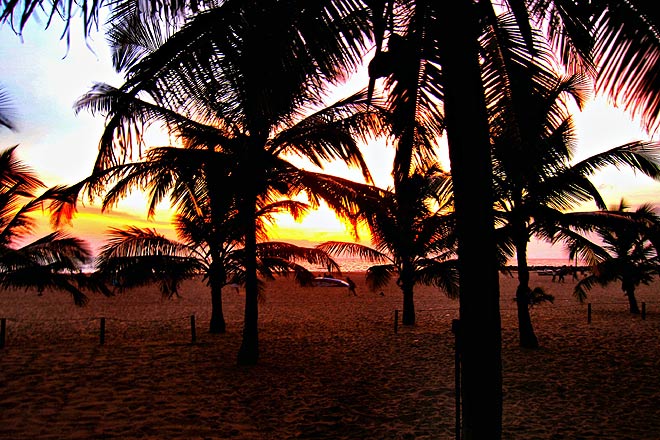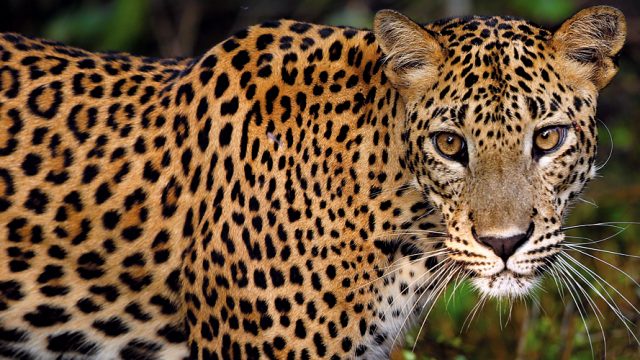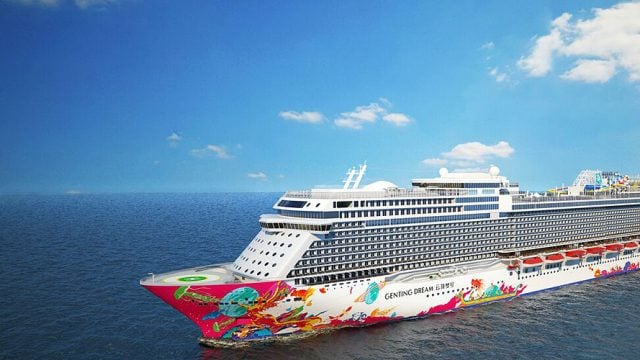“Do you know the famous tune Kiss Arse,?” the octogenarian record producer asked me. I didn’t. So Gerald
I’d been traveling in Sri Lanka for 10 days with a singular agenda: I wanted to learn more about baila, that infectious musical form whose 6/8 rhythm blares out of three-wheelers and roadside eateries across the tear-drop island. Baila bands appear magically at cricket matches to cheer the home side on. Politicians often employ baila stars to appear at election meetings in the hope of drawing larger crowds. And as weddings start to wind down, the first hints of that dunka tuka dunka tuka dunka tuka beat seem instantly to reinvigorate the revelers, causing dignified matrons to hitch up their saris and cut up the dancefloor with much abandon.
It’s curious that in a country wracked apart by a conflict that has its roots in notions of ethnic purity, the sound of the street is unabashedly a pie-dog yowl: Baila, after all, means “dance” in Portuguese and the songs that Lankans love descend from forms that wafted in from the Continent with the ships of the island’s first European colonizers, the Portuguese, who arrived in 1505. Since then, baila has been washed over with healthy layers of British marching tunes, Hindi and Tamil film ditties, Goan mandos and electronic pop. Like its cousin, Konkani pop from Goa, baila is a fabulous hodgepodge of East and West, Orient and accident.
Today, baila is an “expository medium for criticizing social deterioration, political injustice and economic exploitation and for propagating religious faith and indigenous values and morals,” says Prof. Sunil Aryaratne, who teaches in the department of Sinhala and Mass Communication at the University of Jayawardanepura. Aryarante’s book on the musicial form is the only one on the subject.
Signs of the civil war were evident even before my Air Lanka plane had rolled into the terminal. There, on one side of the tarmac, was the wreckage of planes destroyed by the Liberation Tigers of Tamil Eelam during their daring attack on the airport in July. Riding to the city, my taxi had to negotiate several army checkposts. The sight of the teenaged soliders with automatic weapons alarms outsiders, but Sri Lankans take these things in their stride. The metal barriers of the bunkers are often hung with messages from advertisers seek to increase sales of their cement and biscuits. Other manifestations of the conflict are less dramatic: Bills at better restaurants expand by almost 25% over listed prices because of taxes that fund the fighting.
Still, there was little sense of dread as I walked down the Galle Face Green, Colombo’s verdant seaside promenade. The benches were crowded with acrobatic young couples performing dexterous maneuvers behind flimsy parasols. Red and blue and green kites with long tails soared above them. The palm trees along the maidan were draped with tiny coloured Christmas lights and, in the middle, a gigantic luminous sign proclaimed, “Peace on Earth.” However, with more than 40 people dead in violence surrounding the recent national election, the message ssemed to be more a prescription than a statement of fact.
I walked north to the Forth and the teeming Pettah market. The market has stood here since the 5th century, when Kotte, on Colombo’s south-eastern edge, was the capital of a major Sinhalese kingdom. The Pettah still has stores selling the sort of spices that drew Arab traders there in the 8th century. For myself, I’m more interested in the kiosks selling baila tapes and the fellow displaying Osama bin Laden teeshirts. One black garment catches my eye. Bin Laden and George W. Bush faced each other with the World Trade Centres exploding in the background. “POLITICE, NOT WAR,” it proclaimed. But 500 Sri Lankan rupees – around 250 Indian – is too much to pay for a typo.
Presently, I found myself at the Dutch Period Museum, a colonnaded building with maps, crockery, furniture and other paraphernalia connected to the island’s second colonizers, the Dutch. Jonis van Spilbergen, a captain of the Dutch East India Company, landed in the eastern town of Batticaloa in 1602. He was escorted to Kandy to meet the ruler Vimla Dharma Surya, who had quite unwillingly found himself baptized Don Joao de Austria by the Portuguese. That wasn’t all the pesky Iberians had gotten up to. They’d even taken the sacred Buddha’s incisor out of the Temple of the Tooth and burnt it in Goa, to the accompaniment of solemn Catholic pageantry. (The Sinhalese claimed that they’d actually palmed off a replica; the real tooth still sits in the temple under a gilded golden canopy and is displayed once every five years.) The Sinhalese monarch asked Spilbergen to help him rid the island of the Portuguese. As a gesture of goodwill, he renamed his kingdom New Flanders. Then, the gave the Dutch envoy several gifts, including one treasured battle trophy captured from the Portuguese – an umbrella.
With the king’s blessings, the Dutch began to construct an elaborate administrative and commercial machine and thousands of fortune-seekers from across Europe flocked to the island. Soon, Sri Lanka’s ethnic mix was being spiced up. The offspring of marriages between Europeans and the locals came to be known as Burghers – Dutch for “townsman.” Other ingredients joined the stew: Indians, Afghans, Malays and Africans who the Portuguese had shipped in from Mozambique. Baila was the music they created to meld the jigsaw puzzle of their multihued genetic pool.
Prof. Aryaratne, author of the book on baila, believes that many early baila songs descend from tunes in the Romanceiros and the Cancioneiros, two 16th century collections of ballads that the Portuguese took to their colonies. The full form of baila, he points out, is baila-cafrinha – cafrinha referring to the syncopated elements found in the folk songs of the Mozambiquan “kaffirs.” Many kaffirs lived in the Colombo neighbourhood that’s still known as Slave Island. But when I walked there, I found no black people. As if that wasn’t disappointment enough, the office-covered district only has water on two sides.
Baila is as much of a mishmash as Burgher heritage. As Burgher writer Michael Ondaatje puts it in his memoir, Running in the Family, “Everyone was vaguely related and had Sinhalese, Tamil, Dutch and British blood going back several generations. Emil Daniels summed up the situation for most of them when he was asked by one of the British governors what his nationality was – ‘God alone knows, your excellency.’’’ Like the Anglo-Indians, the Burghers were privileged when it came to finding jobs in the colonial administration and formed the backbone of the staff in the railways, the police and the courts.
Modern baila was born in the ‘40s, largely the creation of a Portuguese Burgher named Ollington Mervin Bastiansz, beloved to his fans as Wally Bastiansz. Born in the southern fortress town of Galle (pronounced like Asterix’s homeland), Bastianz was a policeman who played in his unit’s marching band. By then, Sri Lanka – still known as Ceylon – was under its third European ruler, the British. Bastainsz drew deep from its repertoire to introduce into baila such melodies as “Battle Hymn of the Republic” and “Inky Pinky Parley Voo.” “Yet Wally’s tunes have their own originality and identity,” noted Prof. Aryaratne. “His collection of baila provided models for later baila artists.”
Wickremesooriya, the long-time record producer, remembers Bastiansz fondly. “He would come to my house and drink and sing late into the night. He would never leave, so I had to push him into my car and drive him home,” he recalls. Wickremesooriya went on to release some of Sri Lankan pop’s greatest stars: M.S. Fernando, Clarence Weejewardana and Maxwell Mendis, among them. Along the way, he capitalized on the Latin craze. “It was a natural extension,” Wickremesooriya says. “The rhythms were similar to the baila beat.” After a life devoted to the pursuit of eclecticism, the record producer is chary of the chauvinisms sweeping the island. He says: “I’m a Sinhala and I’m a Buddhist, but one thing’s clear: We’re a mongrel race and a mixed culture.”
A little later, I popped in to see Sunil Perera. The 49-year-old is something of a legend in Sri Lanka. His band, the Gypsies, has been wowing audiences for 32 years and charges more than 400,000 rupees for some appearances. The outfit regularly performs abroad and their itineraries form a map of the Sri Lankan diaspora – Dubai, Qatar, Kuwait, Germany and Switzerland, among other countries. The band often plays two shows in each place, one a genteel dinner-dance for what Perera calls the “executive,” the other a more rambunctious baila-dominated concert for the working classes, who form the bulk of the 800,000 Sri Lankan working abroad and who give the country its second-largest chunk of foreign exchange, after garments.
Perera is among the few Sri Lankan pop musicians to address the ethnic conflict in his songs. Some time ago, he put together 35 musicians in a sort of Sri Lankan We Are The World to record a tune titled Our Land. It went: This land belongs to you, this land belongs to me, this land belongs to all of us to live in harmony.
The Dutch Burgher Union building on the edge of Colombo’s Kollupitiya neighbourhood is a flashback to time before trouble came to Serendip. The one-storeyed structure with a red-tiled roof and a grand portico is a tropical refraction of a merchant’s house on an Amsterdam canal. The upper floor is dominated by a dusty pool table. Pictures of past presidents stare down with sepia solemnity. A notice announces St. Niklaas’ Fete, a Dutch tradition that draws on Santa Claus’s origins are a kindly bishop. It promises, “There will be delicious short eats, cake, ice cream and drinks, so kids, you can eat your fill.” But membership now is down to 240, down from over 1,000 at the beginning of the century. Like the Anglo-Indians, the Burghers set out on a rapid migration, mainly to Australia, after independence in 1948. The Burgher Union’s president, Deloraine Brohier, guesstimates that there are less than 30,000 community members left in the nation of 19 million.
Towards the end of my trip, I took the bus to Kandy, Sri Lanka’s second-largest city and its cultural capital. We drove through lush paddy fields and groves of towering coconut, ascending to what Lankans call the “up country.” I went off to the Pinnawala Elephant Orphanage to see 70 pachyderms taking their afternoon baths in the river, then walked around the lovely Kandy lake to pay my respects at the Temple of the Tooth, where if you look closely, you still can see scars of the Tiger attack on it four years ago.
The Burgher legacy was on display even here in the Sinhala heartland. I passed a statue of the former president who in the 50s introduced the Sinhala-only law, making Sinhalese the official state language. He had the wonderful fusion name of Solomon West Ridgeway Dias Bandaranaike. I tucked into a lunch of lumprais – from the Dutch “lamprijst” – rice and chicken cooked in stock and wrapped in a banana leaf. For afters, there were “kokis,” flower-shaped batter deep fried in coconut oil, descendents of Dutch “kokjes” and related to American “cookies.”
In the evening, I visited Carl Muller, author of several semi-biographical novels about the hilarious saga of the von Bloss Burgher family. Muller is a dapper 67-year-old with mischievous grey eyes that shine like temple lights when he tells a funny story, something he does with welcome frequency. By and by, we talk about the numerical decline of the community that has given Sri Lanka the song of its soul. “It’s a pity,” Muller said. “We Burghers have learnt the tick of living together with other people, no matter where we go. We take our home with us, and we make people around us feel at home, too.” The way Muller sees it, the Burghers act as a link between the Sinhalese and the Tamils. “In a way, we’re actually the only real Sri Lankans,” he said. “After all, only we carry the country’s entire heritage in our blood.”
It’s dark as I leave his home. On the street, the United National Front is holding a parade to mark its election triumph. The new government includes some Tamil members and there are hopes that it will try to reach a realistic peace accord with the LTTE. There are crackers and waving leaders and, of course, a truck blasting out baila. It sounds awfully familiar. Recognition finally descends. It’s a Sri Lanka take on John Denver’s Country Roads.
Kandy
Sri Lanka
Leave a Reply
You must be logged in to post a comment.





